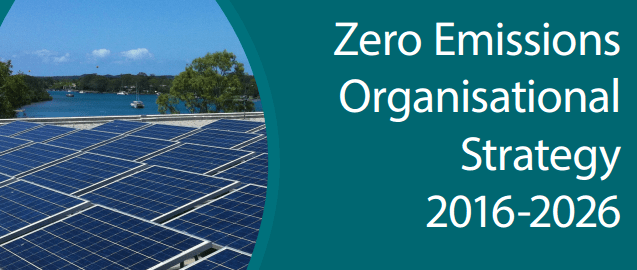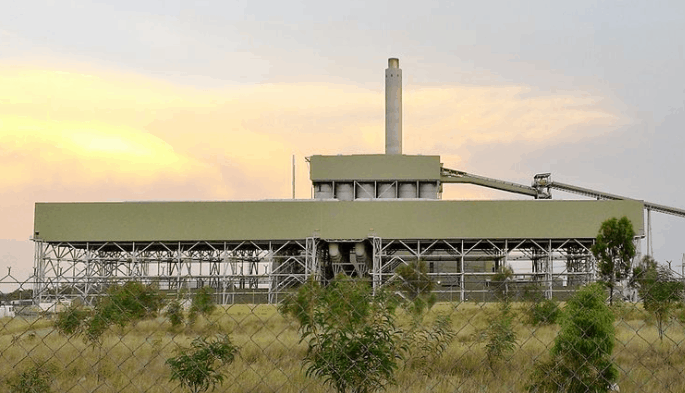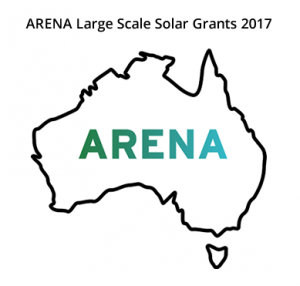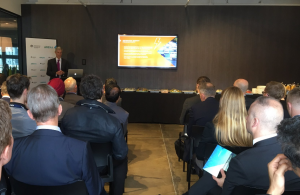The Victorian state government has given $1 million in funding to upgrading an existing Newbridge solar plant which will create up to 70 local jobs and represents world-class solar technology.
Newbridge Solar and RayGen Resources
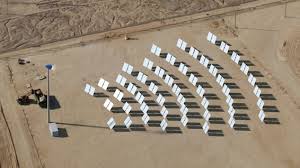
created by RayGen Resources (source: raygen.com)
The plant will be built by Blackburn-based solar technology company RayGen Resources and the funding was announced by Lily D’Ambrosio, the Energy, Envicornment and Climate Change Minister for Victoria. The funding well come from Business Victoria’s New Energy Jobs Fund and will create jobs in manufacturing, sales, product engineering, and software engineering. This represents another boon for Victorian solar which has been moving along in leaps and bounds over the last 12 months.
D’Ambrosio approved the funding this week and was quoted by the Bendigo Advertiser as saying “This is a fantastic opportunity to strengthen the exports for our growing renewables sector and deliver a positive environmental impact”.
John Lasich and Zhen Mu , along with RayGen’s new CEO, Alex Wyatt, are in charge of the Chinese solar project which is based on the pilot plant which supplied power to a Newstead organic mushroom farm. The energy generated by the new Newbridge solar farm will supply the more than enough to power the business. No word yet on when the plant will be completed but we think it will be within the next 12 months and look forward to seeing the PV Ultra technology utilised in the future.

